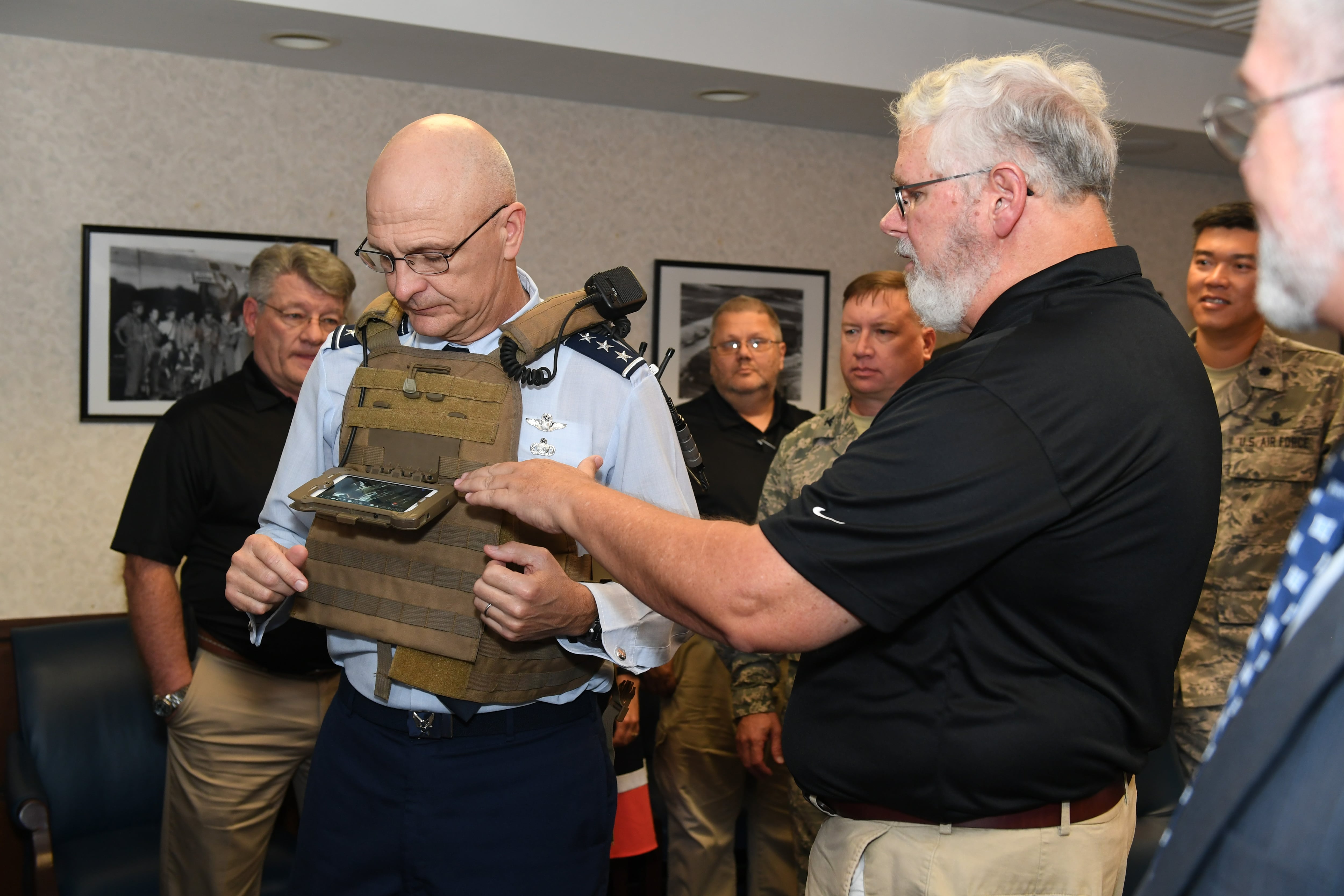WASHINGTON — The new head of Air Force Materiel Command wants to listen and learn before cementing his priorities, but aircraft sustainment and software development are two areas that could be ripe for improvement, he said.
“I’ve got to get a lot smarter on sustainment. It’s an area that I will have to grow and it’s an area that I will have to learn,” Lt. Gen. Arnold Bunch told Defense News in an exclusive interview.
RELATED

“I think one of the things that we’ll have to look at— and I say think, because I’ll have to find out when I get there, but I’m pretty confident of this — we’ll have to look at our organize, train and equip function which will be key to make sure that when we bring software engineers and coders in that we continuously give them the developmental opportunities to hone their skills so that the they are staying up to date with what industry best practices are,” he added.
On May 31, Bunch will pin on his fourth star and take the reins at AFMC, one of the service’s most diverse commands that includes the service’s life cycle management and sustainment centers, its weapons testing agency, its nuclear weapons center, and its research labs.
AFMC manages $60 billion of the Air Force’s budget annually, with about 80,000 people employed across the organization.
“I believe, if you really want to execute the national defense strategy, AFMC is the most important [major command] in the Air Force because you can’t have the readiness and be ready to fight if you don’t have the aircraft turned out of the depot and get them sustained,” Bunch said. “And you don’t have the tech edge if you can’t buy the equipment and get it out into the field. … “You don’t keep the tech edge if [the Air Force Research Laboratory] isn’t doing the [science and technology] to move you forward.”
Bunch, who was confirmed by the Senate to take the AFMC commander post on Thursday night, has spent almost four years serving at the top uniformed acquisition official.
In that role, he helped oversee a multitude of new programs that all were started within the same time period: the B-21 bomber, T-X trainer jet, UH-1N Huey replacement helicopter, Long Range Stand Off missile, Ground Based Strategic Deterrent, and next-generation GPS satellites to name a few.
“We continue to push for speed. I think we’ve been very clear that we want to go faster and smarter, and part of that I think is continuously dialoguing with industry so everybody knows what you’re doing,” he said. “We can’t take our eye off the ball. We have to continue to put the dedicated effort into it, the attention to detail, the communication, all the prep work.”
The Air Force is already doing some good things to improve readiness and the way it uses and develops software, Bunch said.
For instance, the standup of the Rapid Sustainment Office in 2018 is allowing the service to better figure out ways to drive down the cost of maintenance. The transition of some legacy platforms like the KC-135 and B-1 bomber to conditions-based maintenance — which involves using data analytics to predict when repairs need to be done and drive down unscheduled maintenance events — is also bearing fruit.
“We have pockets and areas that are already doing great software development,” he said. “The sustainment center has three software and maintenance groups …that are developing software all the time. I think that’s really good.”
However, he noted that the Air Force will need to institutionalize procedures to ensure that the service’s software developers continue to learn the latest techniques and tools, keeping their skills from atrophying.
It also needs to come to grips with the fact that new platforms with advanced software cannot be developed and tested using the same processes that Bunch used as a test pilot, he said. That means the service needs to make sure that program managers and weapons testers are familiar with the latest software development and are set up to accommodate that process.
“It’s changed. And we have to change to be able to adapt to it,” he said.
Valerie Insinna is Defense News' air warfare reporter. She previously worked the Navy/congressional beats for Defense Daily, which followed almost three years as a staff writer for National Defense Magazine. Prior to that, she worked as an editorial assistant for the Tokyo Shimbun’s Washington bureau.








